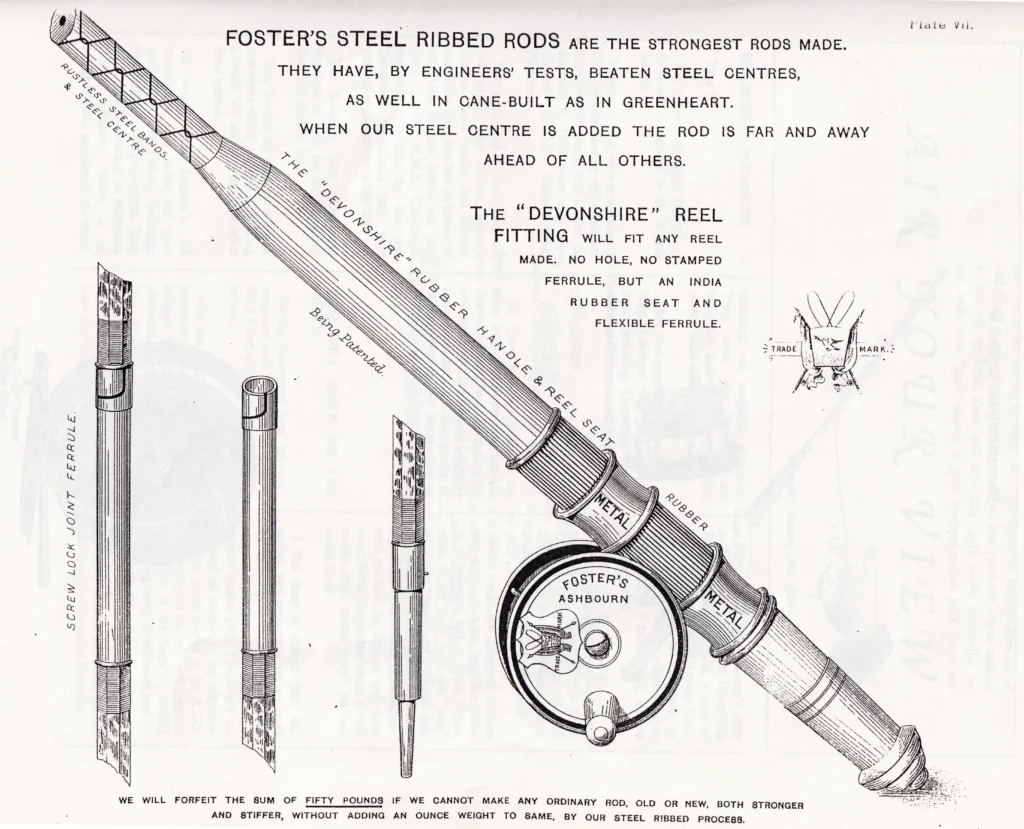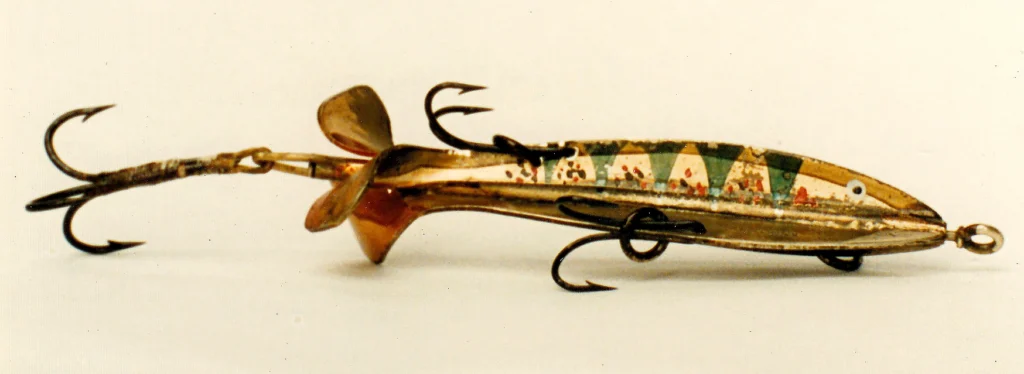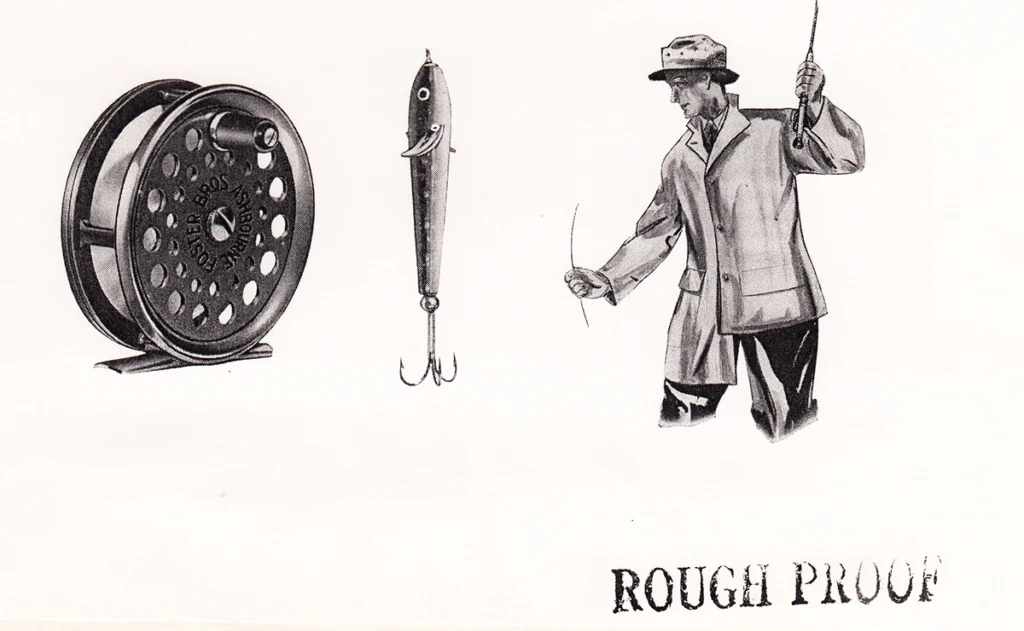Fosters of Ashbourne
FOSTERS OF ASHBOURNE
There was a problem establishing when Foster’s of Ashbourne started trading as a business. Graham Turner in his book, Fishing Tackle – a Collectors Guide, highlighted the difficulty that has faced anyone, myself included, who has tried to pinpoint the exact date.
Let us start with what Fosters have claimed at various times. In the catalogue of 1889, it was claimed that the company was established in 1833.
Around 1910 the company stated that they were the successors to J. Barton who was established in 1763.
In 1963 the company produced a Bi centenary booklet. This stated that David Foster was born on the 22nd. September 1815 at Burton on Trent in Staffordshire. He was apprenticed as a jeweller but was so fired with thoughts of fishing that he managed to get a job with Allcock & Co. in Redditch, where “he was rightly valued for his cleverness and ingenuity”
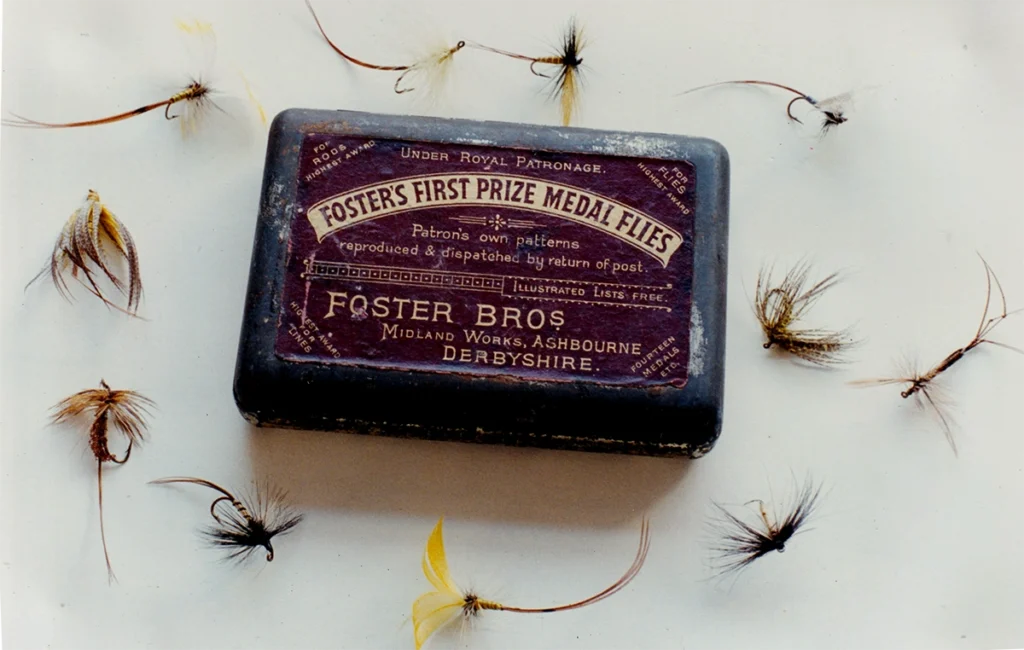
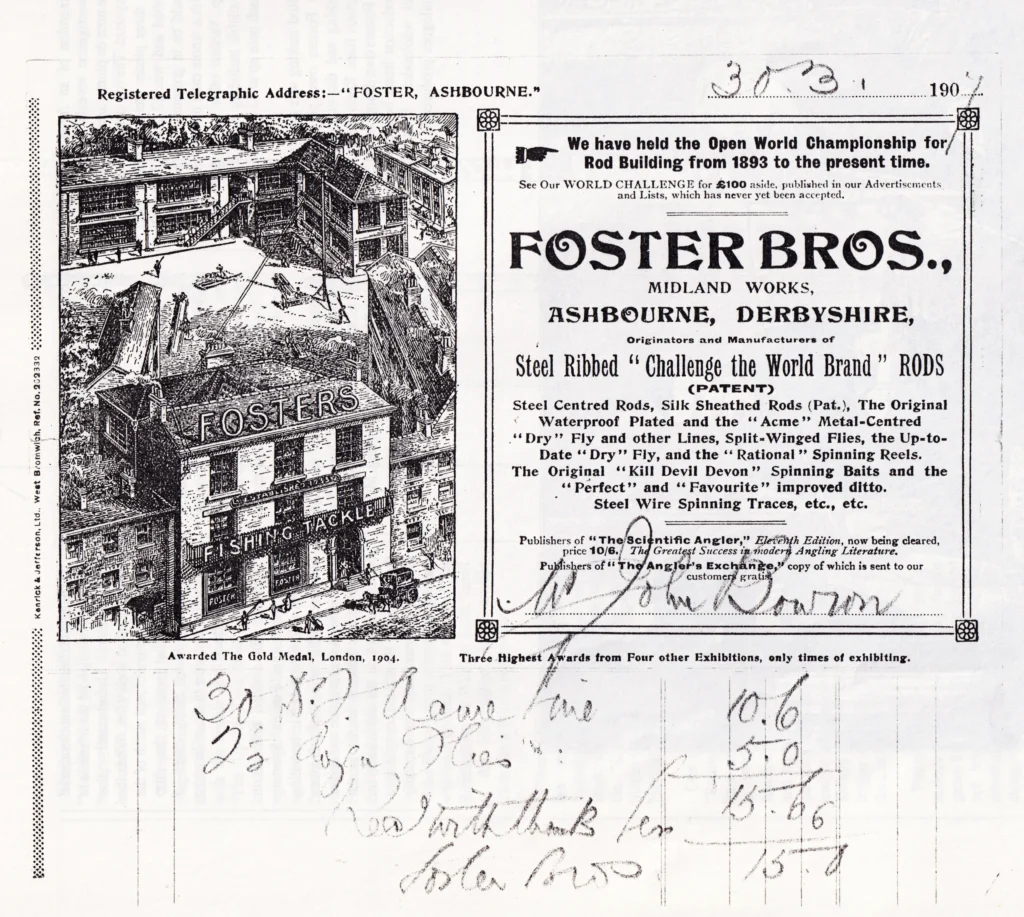
In 1839 David Foster invented plaited silk waterproof lines and two years later perfected a method of producing fine gut by drawing it through steel plates.
In 1841 he moved to Ashbourne to be near the Dove. He was a born naturalist, “the original exponent of the art of dry fly fishing” and author of the classic book “The Scientific Angler” He was the last of the classic experts of fishing the Derbyshire rivers.
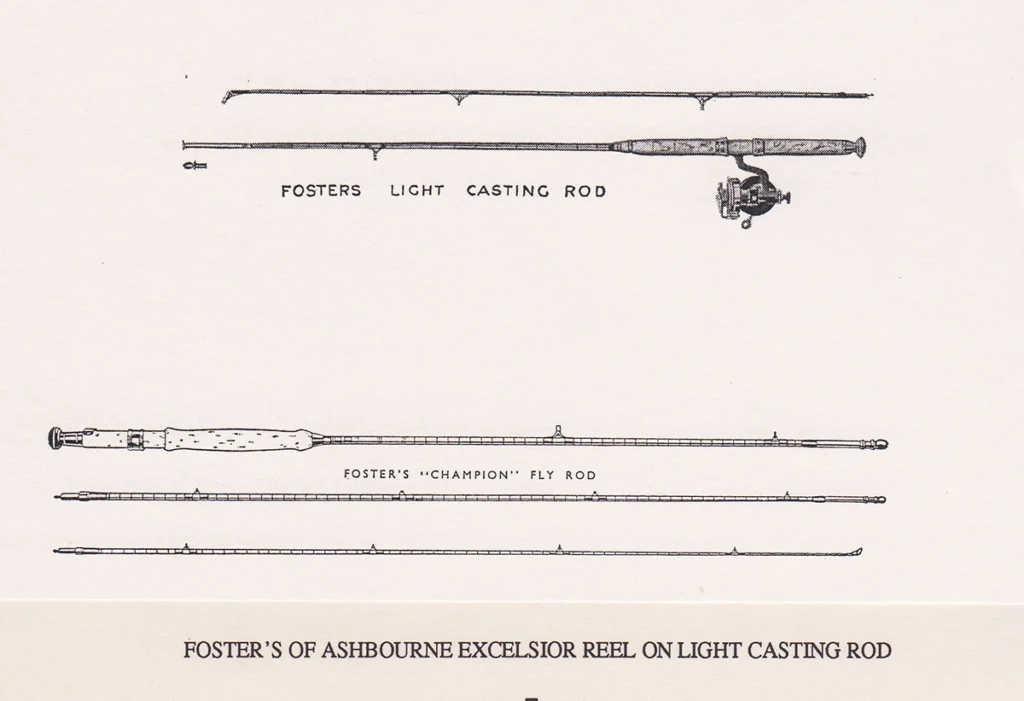
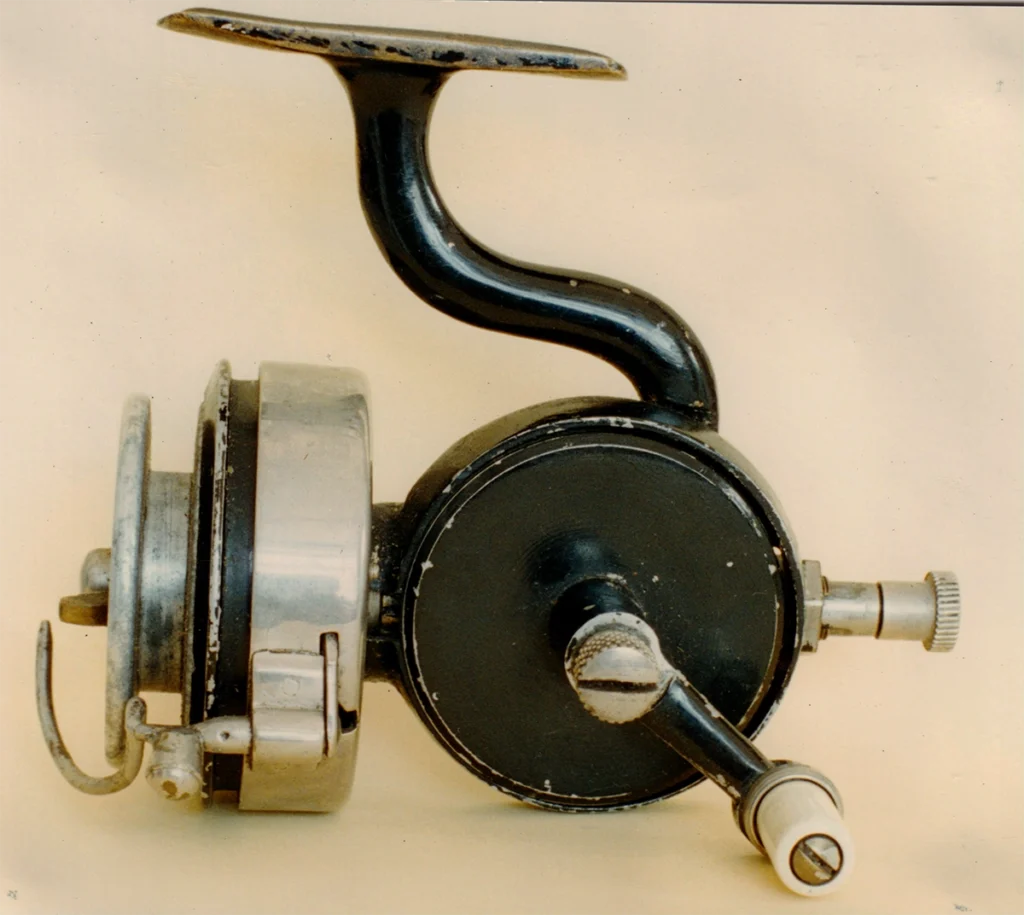
Let’s start with what can be proved or not.
In the 1841 census, there is no mention of David Foster in Ashbourne.
The trade directories of the time only show one fishing tackle maker, William Shipley who was also listed as a hairdresser, he also made umbrellas.
There is no listing for a J. Barton, although there are two listings for the surname Barton neither is a J or anything to do with fishing tackle.
The first record I came across in the Derbyshire archives was an entry in The Derbyshire Mercury of August 22nd. 1849 when a challenge fishing match was announced between William Shipley, hairdresser of Ashbourne and David Foster of Ashbourne. The wager was for £10 to angle in the river Dove between Mill Dale and Ilam. In addition, David Foster would kill three fish for everyone his opponents killed. There is no record of the match’s outcome or even if the challenge was taken was taken up.
This was a typical challenge of that period when one maker would try to increase business at the expense of his competitors.
In the Derbyshire trade directory for 1851, David Foster is listed as a fishing tackle maker of Market Place.
In the same year, the national census took place and the entry for the Foster house at 159 Market Place gave the following:-
David Foster age 36 Artificial Fly Maker born in Burton-on-Trent Staffordshire.
His wife was Francis Elizabeth from Hilton in Derbyshire.
In the census of 1861, there were changes.
David Foster aged 44 Fishing Tackle maker 210 Butchers Row Market Place.
Harriet Foster his wife aged 26 William Henry Foster son aged 1. So in ten years his year of birth had changed from 1815 to 1817. This is not unique as I have come across the same with the life of William Bailey. However, it does confuse things when trying to accurately date events and occurrences.

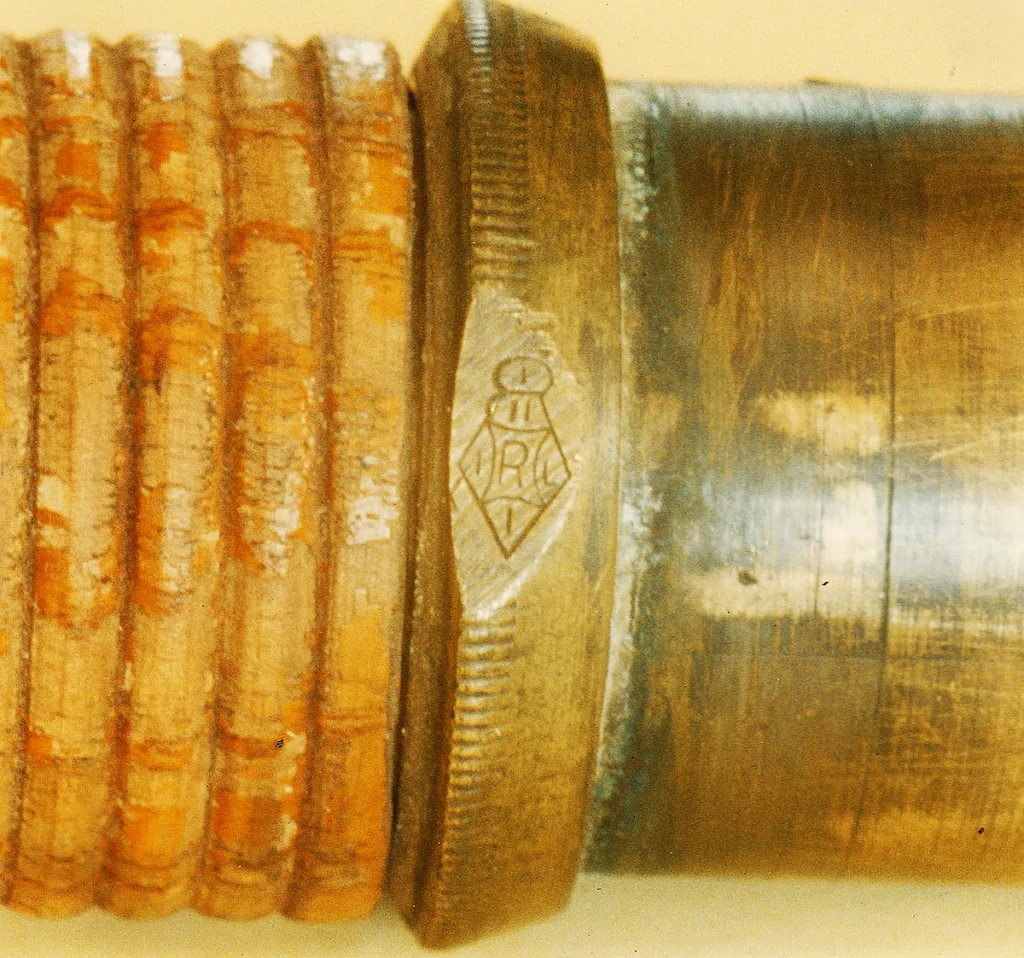
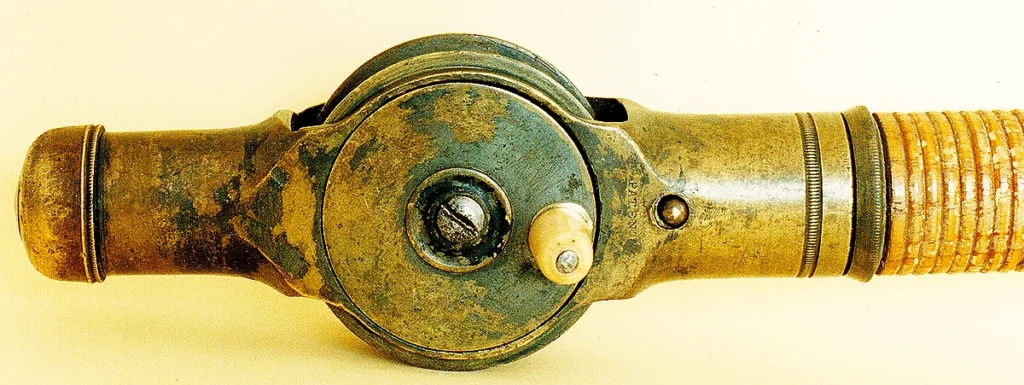
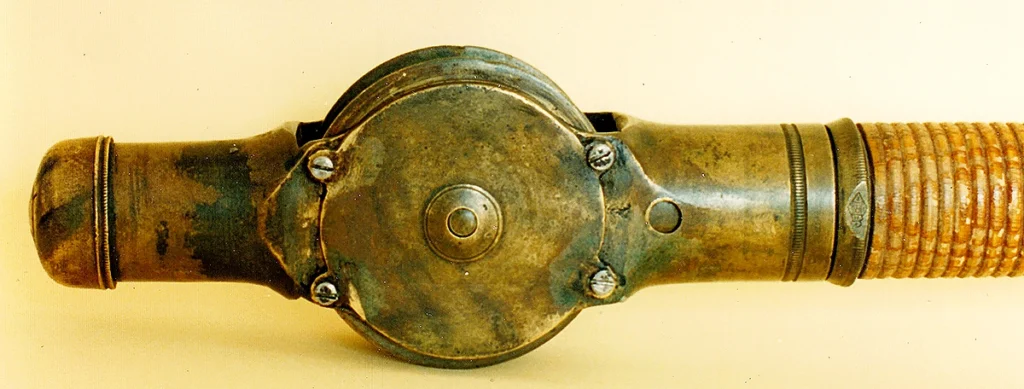
Ryders Patent Reel retailed by Fosters of Asbourne and others.
Fosters 2
December 1995
David Foster was recognised as a first-class fisherman and fly-dresser. At the onset of his business, he was more inclined to go fishing than attend to the business. If the conditions were ideal for fishing he would simply shut up after removing the letter-box from the front door. The reason for this was that if he was away for two weeks the mail would not fill up the box but fall on the floor.
David Foster’s involvement with making fishing tackle began at Allcock where he started work not as a fly dresser but as a hook maker.
He would work in the winter as a brazier of treble hooks. In the spring summer and autumn, he would in addition to his fishing be making and selling his own designed flies. Once the winter came he would return to Allcock to continue his hook-making.
In 1850 an admirer of David Foster issued a challenge in “Bell’s Life in London” backing David Foster for £100 against any other fisherman.
The fly that brought fame to David Foster was the upright winged dun that was invented in 1854. Some people claim that this fly started the art of Dry Fly Fishing. I have seen this claim put forward by the followers of James Ogden who started his fly fishing not far from Fosters at Matlock.
What is certain is that dry fly fishing did not start on a chalk stream in the Test Valley but in the limestone streams of the Peak District.
David Foster invented waterproof lines along with Henry White a professor of Chemistry later developments included the “Acme” steel-centred line introduced in 1879.
By this time David Foster’s health was failing and George Blankart from Leicester joined the firm to help out along with his eldest son William Henry.
In 1881 David Foster died at the age of sixty-five having just seen his idea of the Steel-centred rod adapted. He had also dictated the majority of his work “The Scientific Angler” and Samuel Allcock was one of the many guests at his funeral.
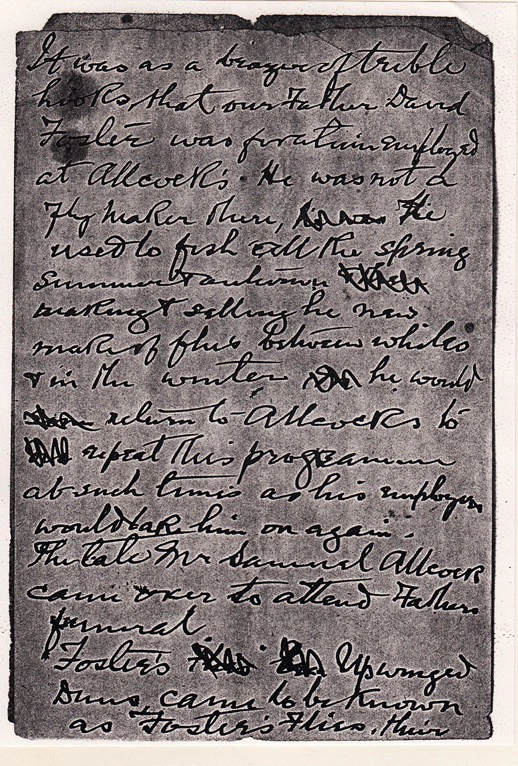
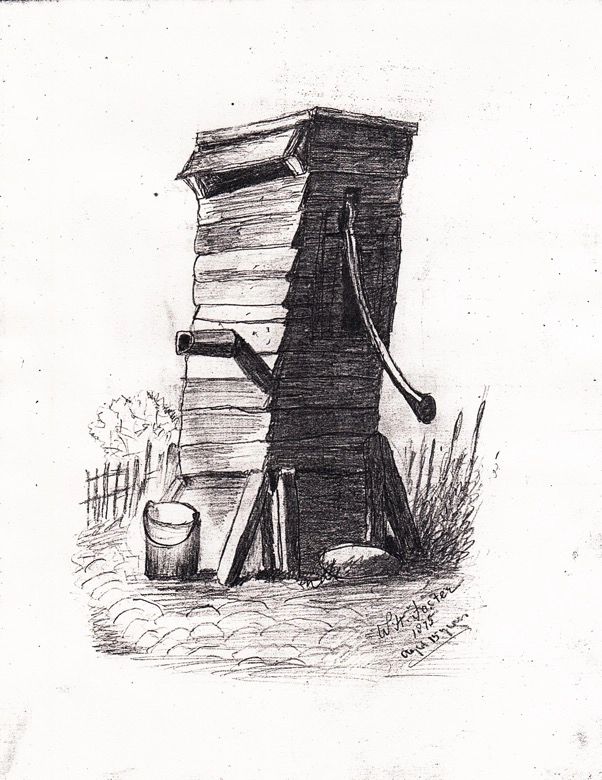
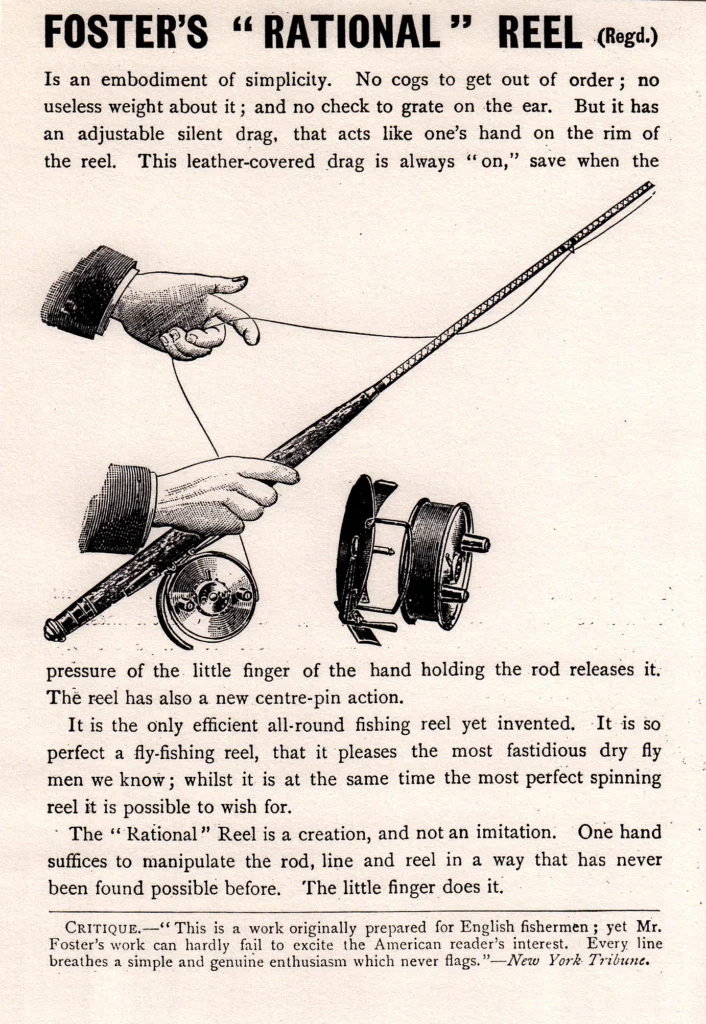

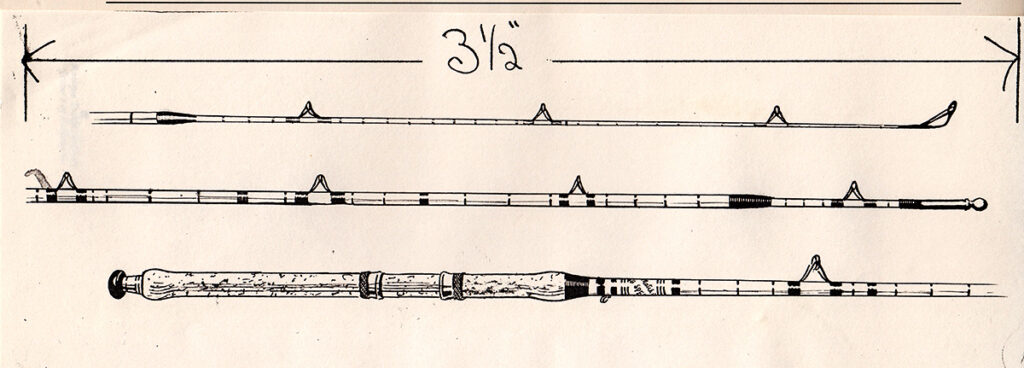
Images from the Foster Brothers archive supplied by John Knott
David Foster was without doubt a wonderful Fly Dresser with many writers expressing admiration for his work these include Cheney & Orvis in the book “Fishing with the Fly”. Theakstone’s “British Angling Flies”, Harrington Keene’s “Fly Fishing and Fly Making” also “Fishing Tackle and How to Make It”. Cholmney Pennell’s “Modern Improvements in Fishing Tackle”, Pritt “Book of the Grayling and Aldams “Quaint treatise on Flees and Flee-making”. David Foster tied many of the flies for this book.
William Henry was then aged twenty-one and he had a different approach to business.
He associated it with Izaak Walton and promoted the notion of his father being a modern-day version of Izaak Walton. The Victorians had this wonderful concept of Romanticism and Chivalry.
Walton and Cotton fished in Dovedale and in the latter half of the nineteenth century, they were absorbed into the romantic Victorian world along with Tennyson, Sir Walter Scott, Rossetti and the pre-Raphaelites.
People wanted to fish where Walton and Cotton fished and who better to advise and supply with tackle than Fosters of Ashbourne?
Foster’s realized the importance of publicity and was constantly making claims for their tackle and applying for patents. Early in his commercial life, he thought that the best course of action was to bring an item onto the market and get it in use.
He would then apply for a patent, however, other companies stole some of his early inventions and marketed them without any payment or recognition. He was very willing to work with inventors of tackle always advising them to patent the idea before Fosters would market it.
They did not take too kindly to people copying their ideas. In respect of the “Acme” steel-centred lines they warned people “BEWARE VILE IMITATIONS”
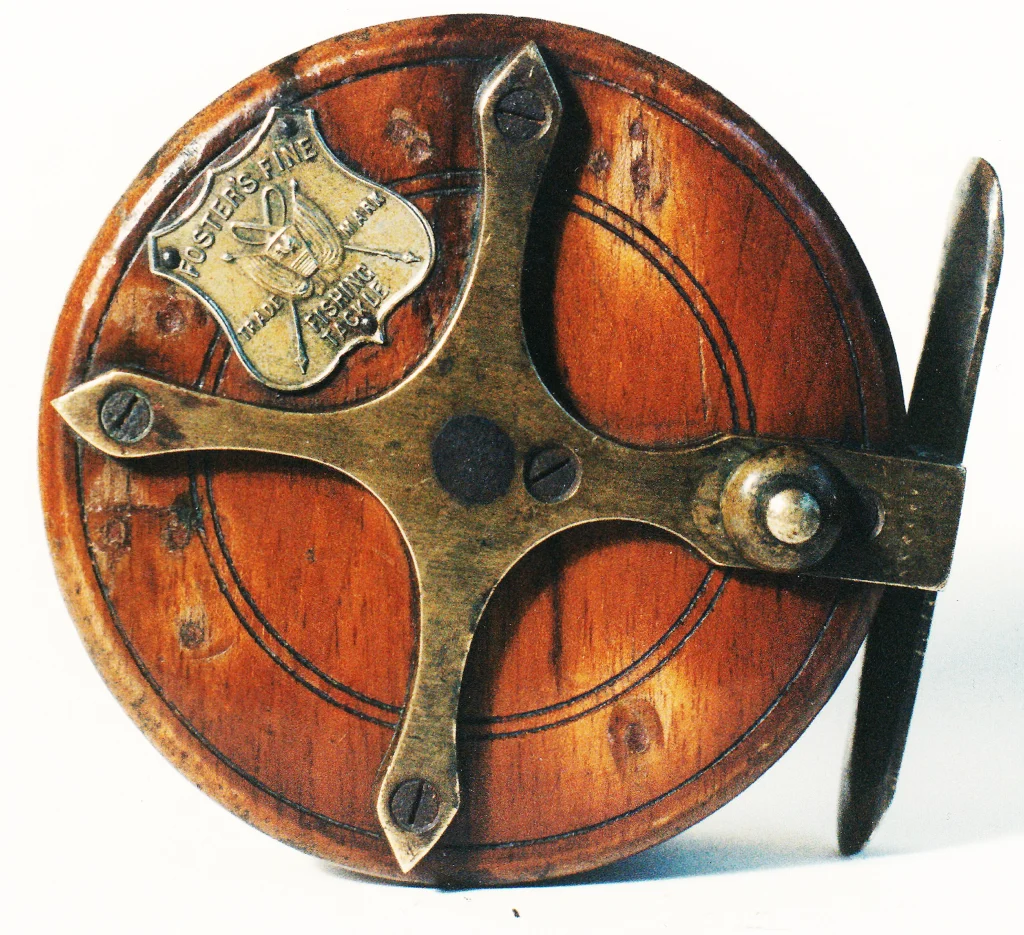
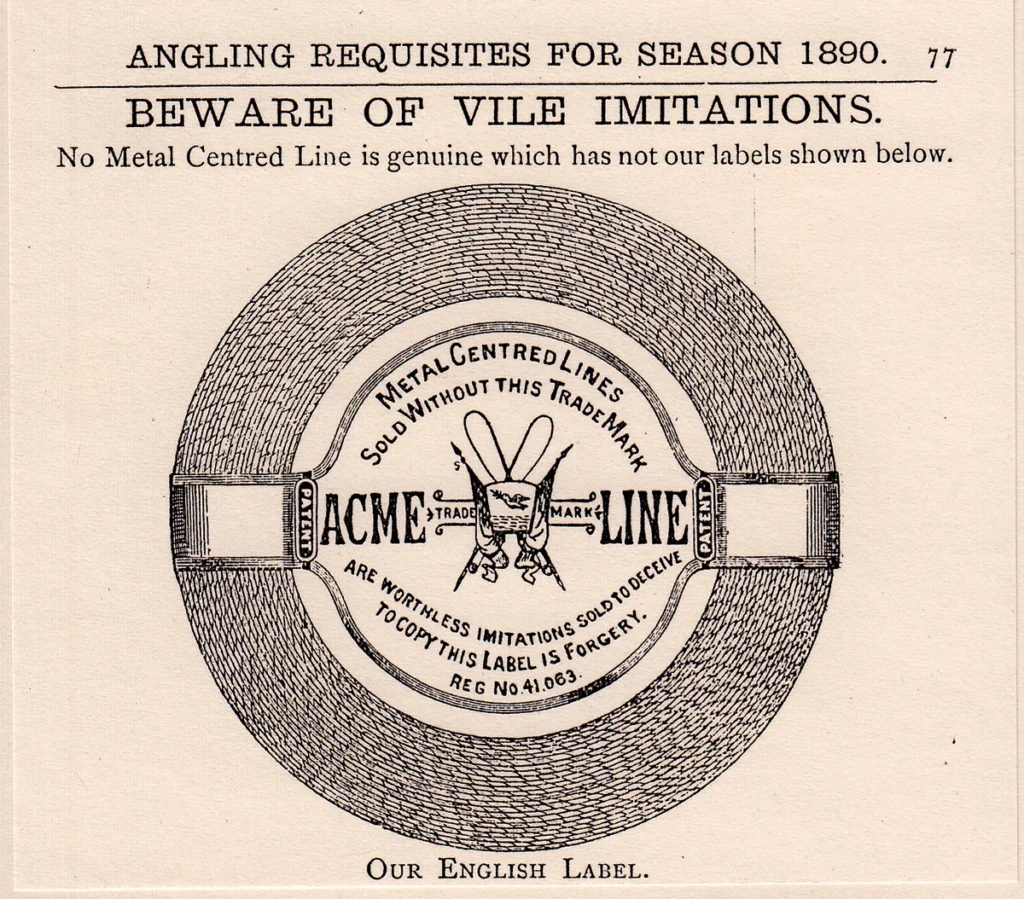
One idea that did not take off was the making of hexagonal greenheart rods which were introduced in 1883 but dropped soon after.
In 1891 Fosters marketed the famous Kill-Devil Devons invented by M Chabert Treasurer General of the Province of Macon France. This was a very successful lure that received lots of favourable publicity.
It is possible that Gregory the famous bait maker supplied Fosters with other baits. The Norwich spoon illustrated in the 1889 catalogue is the same pattern as the recently auctioned one at Sporting and Leisure. “The Excelsior” bait and the “The Universal Miller” bear a striking similarity to Gregory’s better work.
One of the testimonials printed by Fosters for the Acme line was from James Gregory the bait maker.
A spinner that enjoyed great success was “The Imperceptible” which could spin any natural bait at any speed. The same inventor had Foster’s market the “Swiveltail” artificial bait.
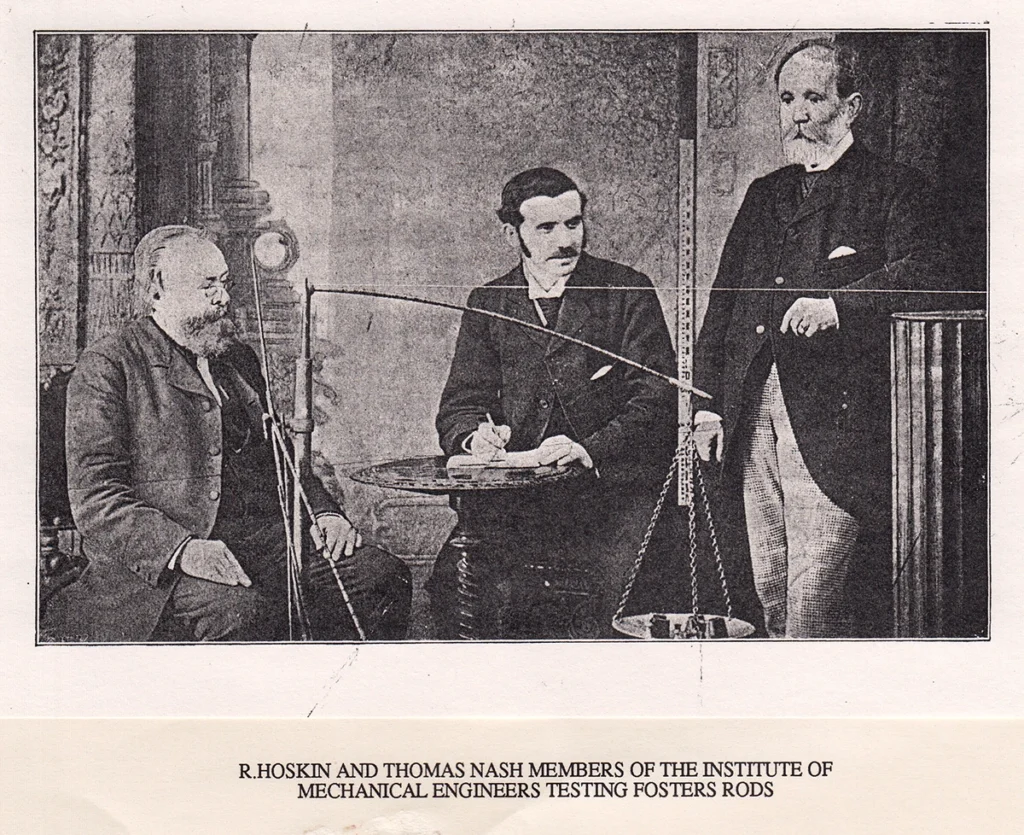
One idea that many people associate with Fosters is the Steel ribbed rods patented by WH Foster in 1891 and launched with much fanfare. They “Challenged The World” and even called their rods by this name. They introduced steel-centered rods in 1881 and at the 1883 International Fisheries Exhibition received a diploma and prize medal.
They declared themselves World Champion Rod Builders and issued challenges to all and sundry. Surprisingly, the challenge was only ten pounds and the loser was to donate the money to a charity, no one took it up.
Fosters brought in engineers to test the rods and published the results. They also published the famous photograph of the engineers along with the test rig. Diamond ribbing was also applied to golf clubs which sold well while the fashion was on.

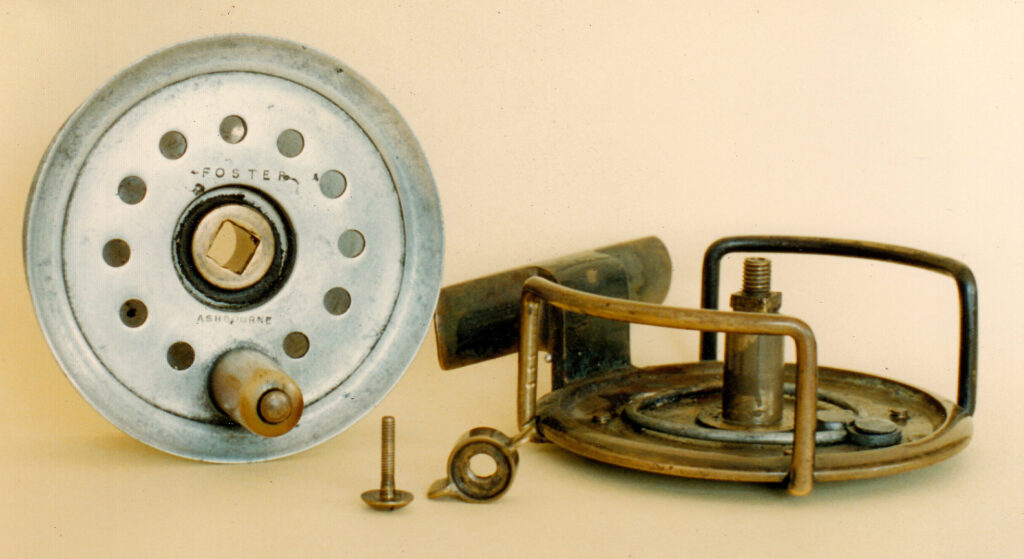
In 1890 Fosters introduced Platt’s patent creel to their list Although it was described with the patent number William Henry decided that it should be called the “Old Izaak” creel. Again, this strengthens the connection between Walton and Cotton.
Many of us think of flies like the “Muddler” as a modem invention but Fosters introduced Reindeer Hair-bodied flies in 1901.


The reels illustrated in issue 9 of the magazine have all now been identified thanks to various readers. The fly reel with the double line guard is called “The Up to Date Reel” and was introduced in 1900 as a dry fly reel. It was available in aluminium or brass and the one illustrated in this issue is from John Knott. This differs from the one shown in issue 9 as the name Fosters of Ashbourne is in script rather than block capitals.
The reel on the back cover of issue 9 is the Ryder patent although no patent was ever granted. This was made in Birmingham by William Ryder listed in the Birmingham local studies library as a fishing reel maker Other reels in the early catalogues are manufactured by Reuben Heaton including a Sea Fishing reel with a Heaton line guard fitted. They sold the “Combination” reel by David Slater as well as other various Nottingham reels.
One reel sold by Fosters was the ” Rational” reel and I must admit that I have never seen one. It was introduced in 1902 and consisted of a double-handled drum with centrepin action and no internal check. Breaking was carried out by applying pressure via a leather-covered spring. The drag was always on and was removed by a trigger worked with the little finger of the casting hand. Fosters were mainly recognised as makers and suppliers of tackle for the game fisherman. They did make and sell bottom fishing items including detachable and interchangeable floats along with their self-inflating float.
Rods for coarse fishing were also made and the illustration opposite is for the Match Special rod made in the 1930’s
In 1911 Fosters made a rod called “The Avon” and this is the first mention of an Avon rod. Further investigation reveals that Avon was the nom de plume used by a writer Mr. Hayward. The rod could be had in two or three pieces, steel-centred or steel ribbed and was 12 feet in length. It could be in Greenheart throughout or with a whole cane butt and Greenheart top. Various other coarse rods were available including a Lea lightweight roach pole up to 22 feet long.
Rod making was always carried out by Foster’s directly employed people as was fly making and the manufacture of the various lines. Reels were either made to Foster’s design or were standard production items bought in from the reel wholesalers. From the various catalogues produced, it is possible to recognise the works of Reuben Heaton, Albert Smith, David Slater and Allcock.
I was fortunate enough to speak to Mr. Hudson who was the Manager from the 1940’s until the mid-sixties. He told me that reels were bought from Dingley and Smith & Wall. The trout and salmon fly reels were made by Dingley with the Dovedale model being the most popular.
After the death of William Henry, the business was carried on by his son but like most things in life, the Second World War changed many things. Many old established tackle companies ceased to exist being unable to adapt to the changed conditions.
In the mid-sixties, the last member of the Fosters family sold the business to a consortium. Unfortunately, this venture crashed soon after. When the old premises were closed much of the fine tackle that was in the shop disappeared. Many, many cases of stuffed fish that were in the cellar were dumped in the skip.
Stephen Woolley the last apprentice rod maker employed by Fosters, works in the building shown on the old invoice on the next page. He still makes split cane rods like he was taught to do many years ago.
